Massage therapy is an ancient practice that involves manipulating the body’s soft tissues to promote relaxation, alleviate pain, and enhance overall well-being. With its therapeutic benefits and soothing effects, massage has become increasingly popular as a complementary therapy in modern healthcare. In this comprehensive article, we will explore how massage works, why it is effective, different types of massage techniques, and provide guidelines for experiencing a safe and beneficial massage session.
What is Massage Therapy
Massage therapists apply varying degrees of pressure, movements, and techniques to manipulate the body’s soft tissues, including muscles, tendons, ligaments, and fascia. This manipulation helps improve circulation, release tension, and promote healing.
Physiological Effects:
- Increased Blood Circulation: Massage enhances blood flow to the treated areas, delivering oxygen and nutrients while removing waste products. Improved circulation supports tissue repair and regeneration.
- Relaxation Response: Massage triggers the release of endorphins, serotonin, and dopamine, which promote relaxation, reduce stress and anxiety, and elevate mood.
- Reduction of Muscle Tension: Massage can help relieve muscle tension, knots, and trigger points by stretching and kneading the muscles. It improves flexibility and range of motion.
Benefits of Massage Therapy
- Pain Relief: Massage therapy can alleviate chronic pain, muscular tension, headaches, and joint stiffness. It helps reduce inflammation and stimulates the release of natural pain-relieving substances.
- Stress Reduction: Massage induces a state of deep relaxation, calming the nervous system and reducing stress levels. This can improve sleep quality, boost immune function, and enhance overall well-being.
- Rehabilitation and Injury Recovery: Massage assists in the rehabilitation process by reducing scar tissue formation, promoting tissue flexibility, and enhancing circulation. It can aid in recovering from injuries, surgeries, and overuse conditions.
- Mental and Emotional Well-being: Massage can help alleviate symptoms of anxiety, depression, and mood disorders. It provides a nurturing space for emotional release and promotes a sense of overall relaxation and balance.
Popular Massage Techniques
- Swedish Massage: This popular massage technique involves long, flowing strokes, kneading, and circular motions. It promotes relaxation, improves circulation, and relieves muscle tension.
- Deep Tissue Massage: Deep tissue massage targets deeper layers of muscles and connective tissues. It uses more intense pressure and slower movements to release chronic muscle tension and knots.
- Sports Massage: Geared towards athletes, sports massage focuses on preventing and treating injuries, improving performance, and enhancing flexibility and range of motion.
- Trigger Point Therapy: This technique applies focused pressure to specific trigger points, relieving pain and tension in localized areas.
- Hot Stone Massage: Smooth, heated stones are placed on specific points of the body or used as tools for massage. This technique promotes relaxation, relieves muscle tension, and improves circulation.
Guidelines for Getting a Massage
Communicate with Your Massage Therapist:
- Discuss Your Goals: Communicate your reasons for seeking massage therapy, whether it’s pain relief, stress reduction, or relaxation.
- Inform About Medical Conditions: Notify your massage therapist about any medical conditions, injuries, allergies, or surgeries that may impact the massage session.
- Feedback During the Session: Provide feedback to your therapist regarding the pressure, areas of discomfort, and any sensations experienced during the massage.
Hydration and Comfort:
- Drink Water: Stay hydrated before and after your massage to aid in the elimination of toxins released during the session.
- Dress Comfortably: Wear loose, comfortable clothing or undress to your comfort level. The therapist will ensure your modesty is respected throughout the session.
Post-Massage Care:
- Take It Easy: Allow your body time to rest and recover after a massage. Avoid strenuous activities or exercise immediately following the session.
- Follow Therapist’s Recommendations: Your massage therapist may provide suggestions for post-massage care, such as stretching exercises or applying heat or cold packs to specific areas.
—
Massage therapy offers a multitude of benefits, promoting physical, mental, and emotional well-being. By understanding how massage works, the range of techniques available, and following the guidelines for a safe and rewarding experience, you can harness the healing power of touch. Whether seeking relaxation, pain relief, or overall rejuvenation, incorporating massage therapy into your wellness routine can enhance your quality of life and support your journey towards optimal health.
Image by andreas160578 from Pixabay
Healing
-

Massage Can Heal You – Why You Should Get One Today
Massage therapy is an ancient practice that involves manipulating the body’s soft tissues to promote relaxation, alleviate pain, and enhance overall well-being. With its therapeutic benefits and soothing effects, massage has become increasingly popular as a complementary therapy in modern healthcare. In this comprehensive article, we will explore how massage works, why it is effective,…
-

The Vital Role of Healing in Dementia Care: Promoting Well-being and Quality of Life
-

The Art of Sound Healing – How to Use Vibrations for Wellness
-

Understand Reiki and The Healing Benefits of Energy Work
-

Why Affirmations Work and Examples of Powerful Affirmations
-

The Power of Affirmations for Improved Mental Health
-

Heal Your Mind: What is it and How to do it?

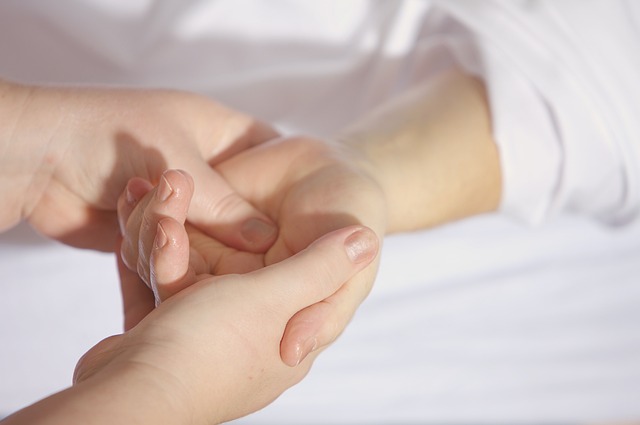
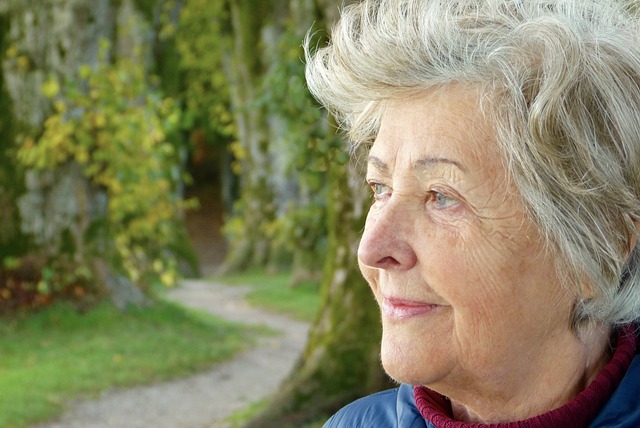
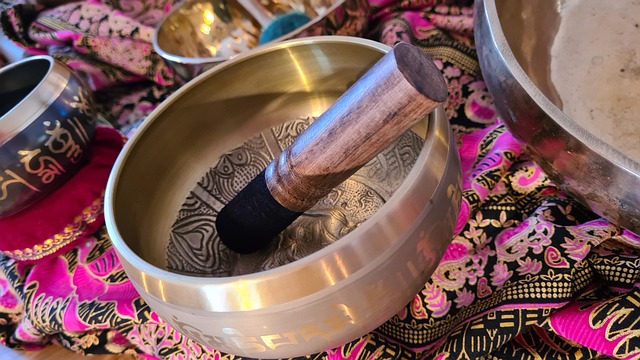
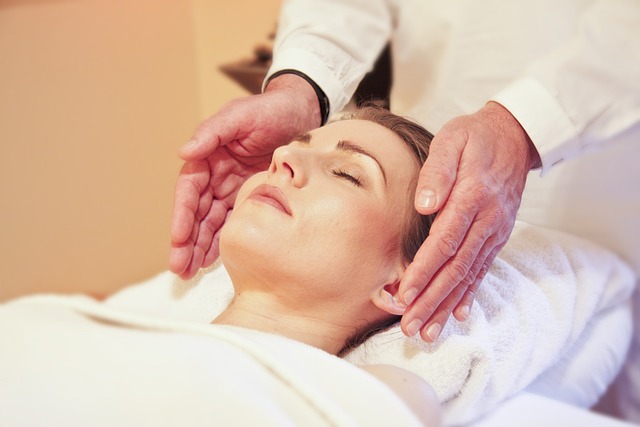

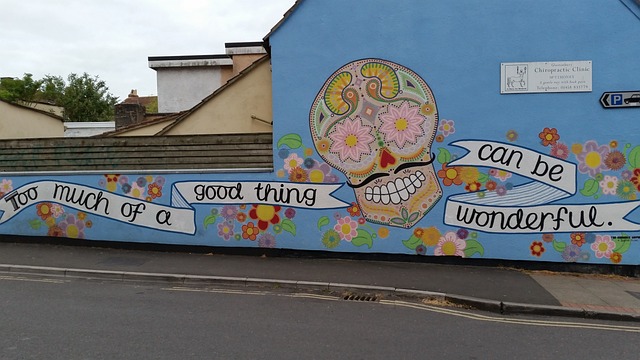

Leave a Reply